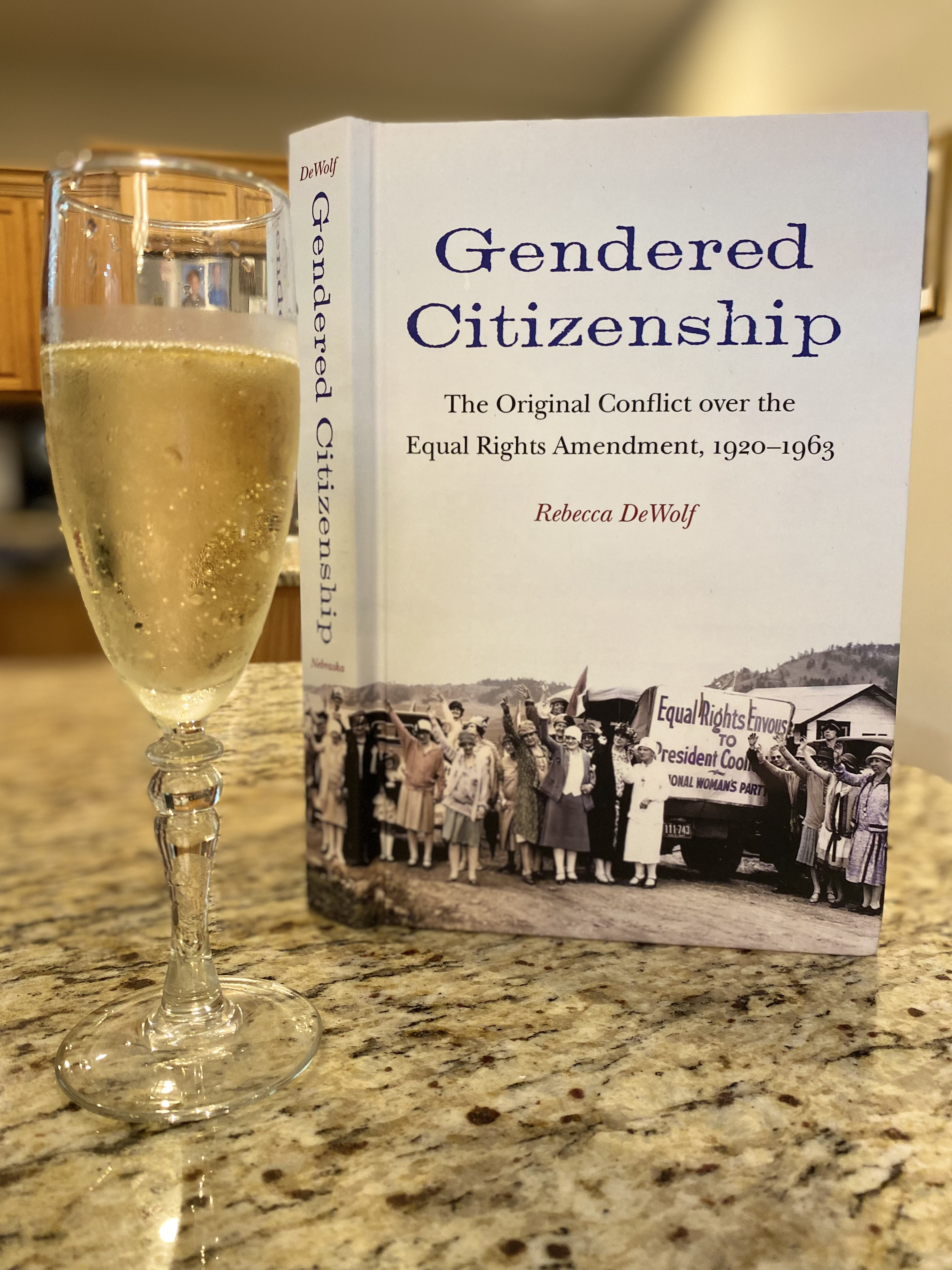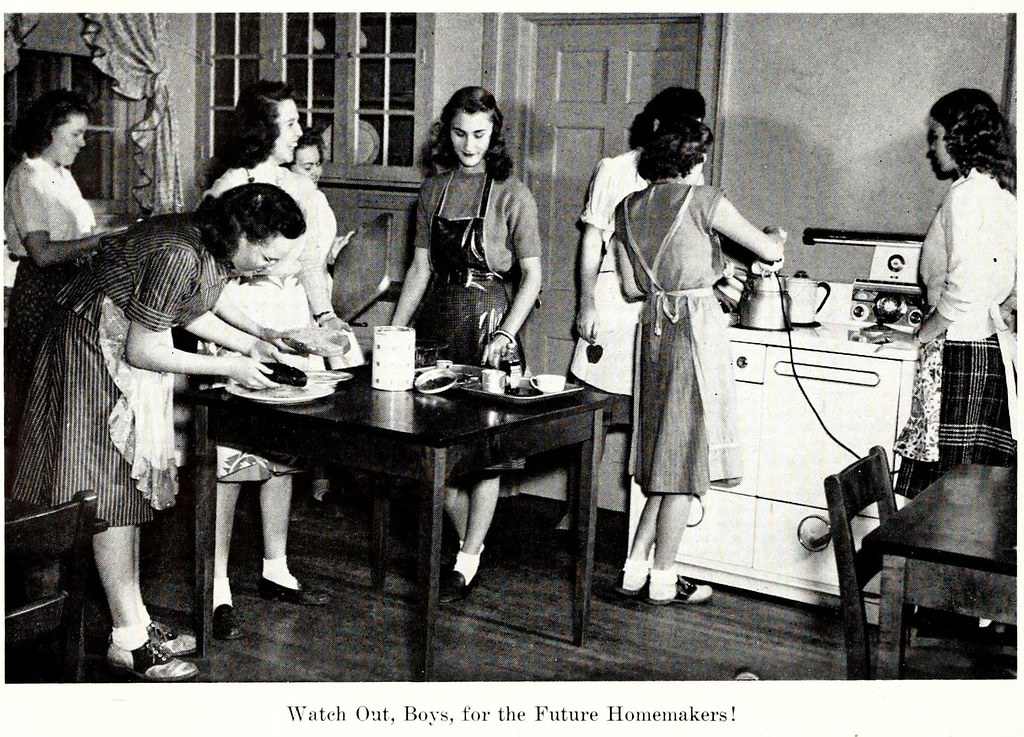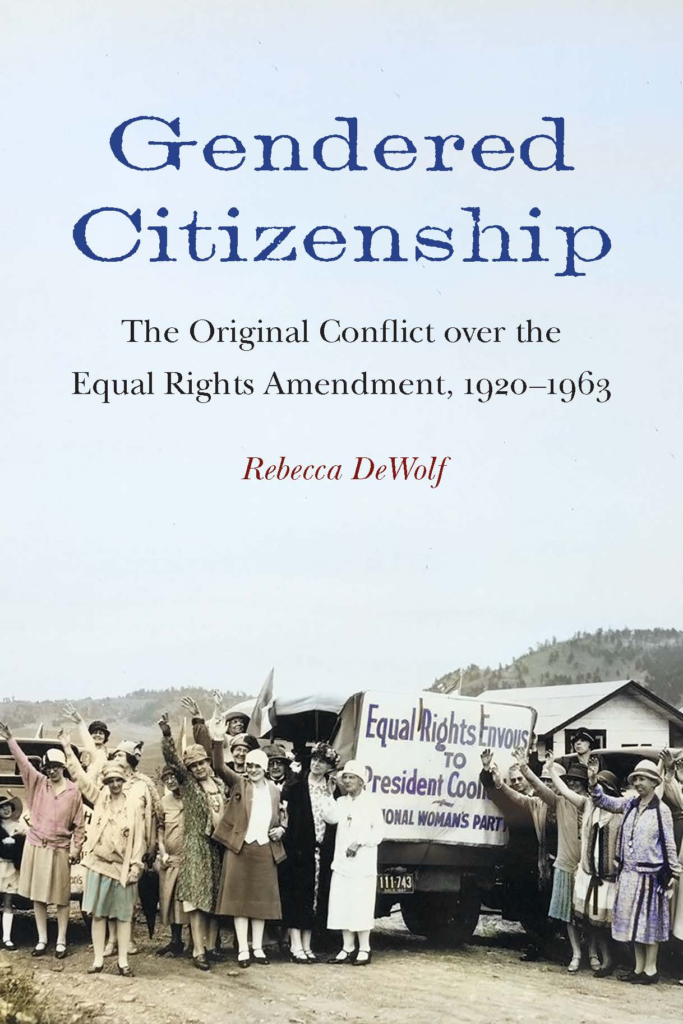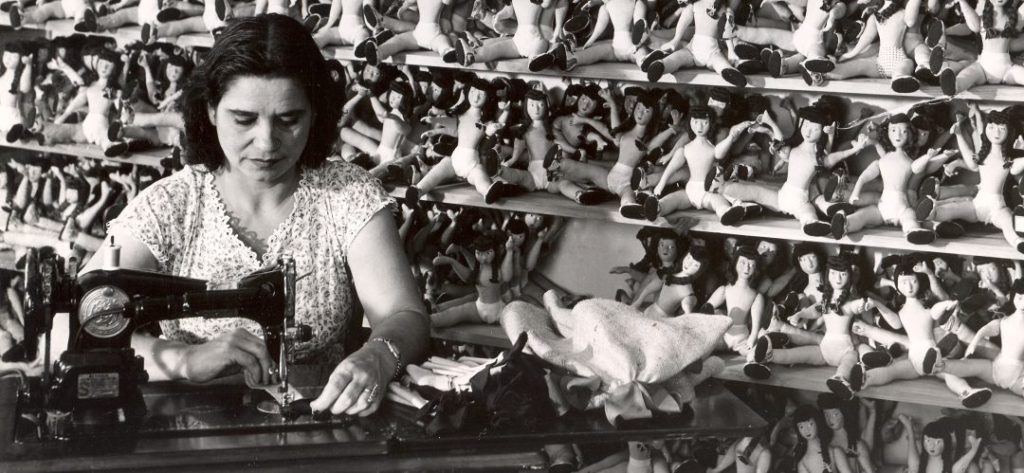If you, like me, loved Gillian Armstrong’s 1994 film, “Little Women,” which starred Winona Ryder as the treasured iconic tomboy, Jo March, you might have been doubtful about the need for yet another Little Women film adaptation. Louisa May Alcott’s cherished nineteenth-century story, Little Women, has been adapted for stage and screen several times, but, for many viewers, the beloved Armstrong version was the definitive visual interpretation of the story. Well, that was the case until Greta Gerwig’s newest film adaptation of “Little Women” hit the theaters this past December. Gerwig’s film stands out not only because it maps new ground for understanding the intricate layers of meaning wrapped in the classic tale, but also because it is a piece of art in its own right.
Read more





